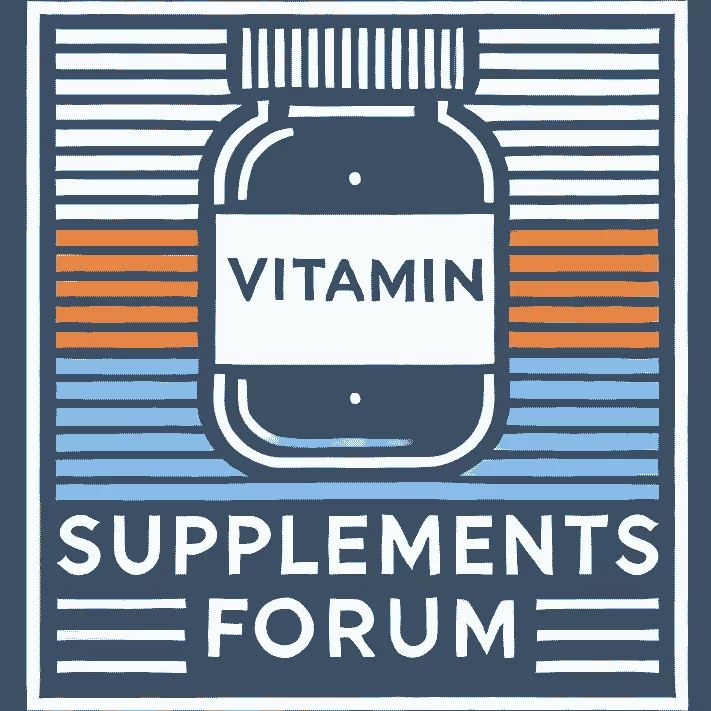hospitality
New member
A well-executed beverage stocktake can save bars, restaurants, and hotels significant amounts of money while optimizing operations. However, many businesses struggle with inaccurate counts, missed items, or inefficient procedures. By following a systematic approach, hospitality managers can streamline the process and ensure accurate results.
Step 1: Preparation
Before starting, gather all necessary tools:
Step 2: Choose the Right Timing
Conduct stocktake at a time when the bar or restaurant is closed or least busy. Early mornings or scheduled downtime are ideal to minimize disruptions. Consistency in timing, whether weekly or monthly, allows you to monitor trends effectively.
Step 3: Count Each Item
Physically count every beverage in your inventory. For spirits, measure remaining quantities accurately—whether in milliliters or ounces. Record each item on your stock sheet or inventory system. Group items by category to ensure nothing is missed.
Tips:
After counting, compare the physical stock with your sales records. Identify discrepancies between what was sold and what remains in stock. These discrepancies may indicate over-pouring, wastage, or potential theft.
Step 5: Analyze Data
Once all counts are recorded, analyze the data for patterns:
Update your inventory management system with accurate stock levels. Based on the results, place orders to replenish low stock while avoiding over-ordering. Accurate stock data ensures efficient purchasing and better cash flow management.
Step 7: Implement Ongoing Practices
Regular beverage stocktake should become part of your operational routine. Establish a schedule—weekly, bi-weekly, or monthly—and train staff on accurate counting and recording procedures.
Benefits of an Efficient Stocktake
A systematic approach to beverage stocktake ensures accurate inventory records, reduces losses, and supports better decision-making for your hospitality business. By following these steps consistently, managers can maintain control over stock, optimize operations, and ultimately improve profitability.
Step 1: Preparation
Before starting, gather all necessary tools:
- Stock sheets or inventory software
- Pens or scanners
- Calculator or tablet
- Measuring equipment (for partially used bottles)
Step 2: Choose the Right Timing
Conduct stocktake at a time when the bar or restaurant is closed or least busy. Early mornings or scheduled downtime are ideal to minimize disruptions. Consistency in timing, whether weekly or monthly, allows you to monitor trends effectively.
Step 3: Count Each Item
Physically count every beverage in your inventory. For spirits, measure remaining quantities accurately—whether in milliliters or ounces. Record each item on your stock sheet or inventory system. Group items by category to ensure nothing is missed.
Tips:
- Use a standardized measuring device for partially used bottles.
- Assign team members to specific sections to avoid duplication or missed items.
- Cross-check counts against previous records to identify discrepancies.
After counting, compare the physical stock with your sales records. Identify discrepancies between what was sold and what remains in stock. These discrepancies may indicate over-pouring, wastage, or potential theft.
Step 5: Analyze Data
Once all counts are recorded, analyze the data for patterns:
- High consumption items: Ensure these are always in stock.
- Low turnover items: Consider promotions or adjusting ordering quantities.
- Discrepancies: Investigate possible causes and implement corrective measures.
Update your inventory management system with accurate stock levels. Based on the results, place orders to replenish low stock while avoiding over-ordering. Accurate stock data ensures efficient purchasing and better cash flow management.
Step 7: Implement Ongoing Practices
Regular beverage stocktake should become part of your operational routine. Establish a schedule—weekly, bi-weekly, or monthly—and train staff on accurate counting and recording procedures.
Benefits of an Efficient Stocktake
- Reduces wastage and losses
- Improves ordering accuracy
- Ensures license compliance
- Enhances operational efficiency
- Increases profitability
A systematic approach to beverage stocktake ensures accurate inventory records, reduces losses, and supports better decision-making for your hospitality business. By following these steps consistently, managers can maintain control over stock, optimize operations, and ultimately improve profitability.
